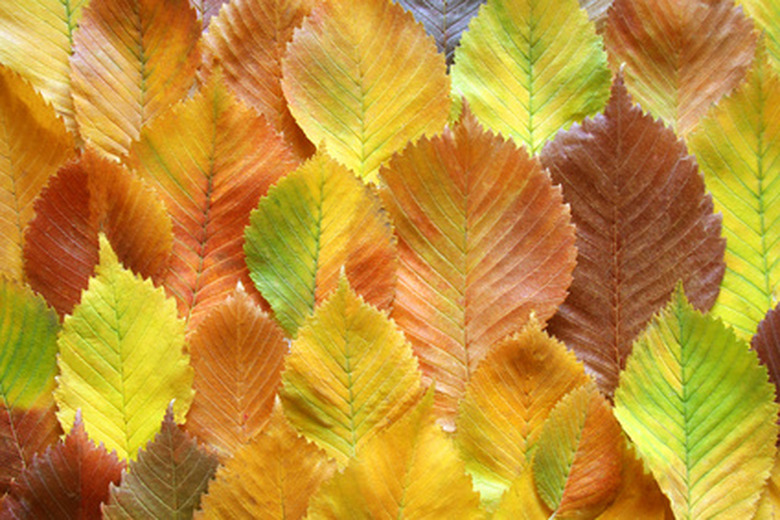Care For A Japanese Elm Tree
The Japanese elm tree (Ulmus davidiana var. japonica) is a deciduous tree that will grow rapidly when it is young, slowing down as it matures and ending up just a touch smaller than American elms. Japanese elms are lovely in the autumn, with red, bronze and yellow leaves. This is a tree that is very easy to care for and, most significantly, has shown that it is resistant to the devastating Dutch elm disease. Japanese elm trees are hardy to USDA zones 4 to 8, and some cultivars are hardy to zone 2.
Step 1
Plant your Japanese elm tree in an area that gets full sun. Make sure that it will have lots of room to grow, as the tree can get up to 80 feet tall and 60 feet wide. Soil should offer good drainage, but other than that Japanese elm is tolerant of a wide range in soil quality.
- The Japanese elm tree (Ulmus davidiana var.
- This is a tree that is very easy to care for and, most significantly, has shown that it is resistant to the devastating Dutch elm disease.
Step 2
Water the Japanese elm tree on the soil that lies at the edge of the canopy. This is the area where the tree's roots can best absorb moisture. Soak the soil thoroughly, allowing the water to puddle, then allow the soil to dry out prior to watering again.
Step 3
Prune the Japanese elm in the winter, when it is dormant. Trim off any branches growing lower than 8 feet up the trunk.
Care & Maintenance Of The Japanese Blueberry Tree
Plant your Japanese blueberry tree in a fully sunny location for optimal plant growth and health. These evergreens prefer rich, well-drained soils with neutral to slightly alkaline pH levels. Japanese blueberry trees require regular irrigation. Friends of the Urban Forest recommend giving your tree 15 to 20 gallons of water each week during its first two growing seasons to ensure that its deep, extensive root system becomes established. After that, water your Japanese blueberry tree whenever the soil needs moisture. The Japanese blueberry tree is a hardy specimen that suffers from no known pest problems or plant diseases, although the bluish-black, olive-like fruits sometimes litter the landscape.
- Water the Japanese elm tree on the soil that lies at the edge of the canopy.
- The Japanese blueberry tree is a hardy specimen that suffers from no known pest problems or plant diseases, although the bluish-black, olive-like fruits sometimes litter the landscape.
References
- University of Minnesota: Dutch Elm Disease Resistant Elm Cultivars
- North Dakota State University: Japanese Elm
- University of Nebraska Lincoln Extension: Pruning Tools – The Basics!
- Monrovia: Japanese Blueberry Tree
- Texas A&M Aggie Horticulture: Elaeocarpus Decipiens
- Friends of the Urban Forest: Japanese Blueberry Tree
- University of California IPM Online: Glossary
